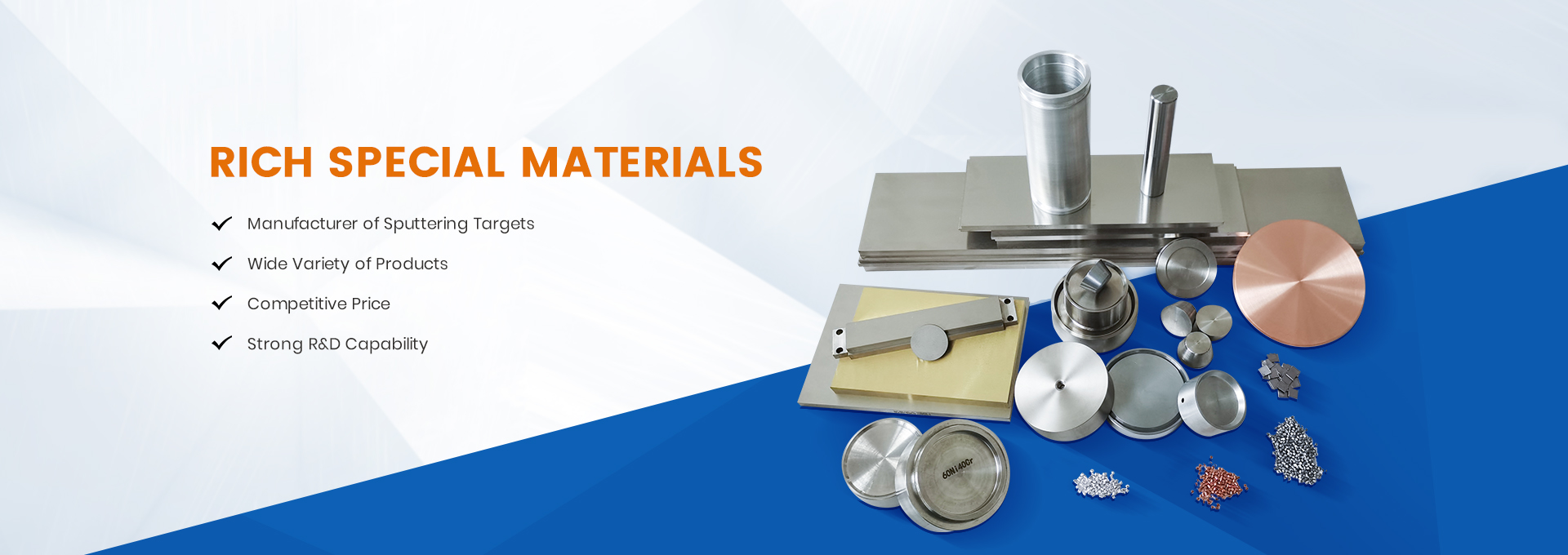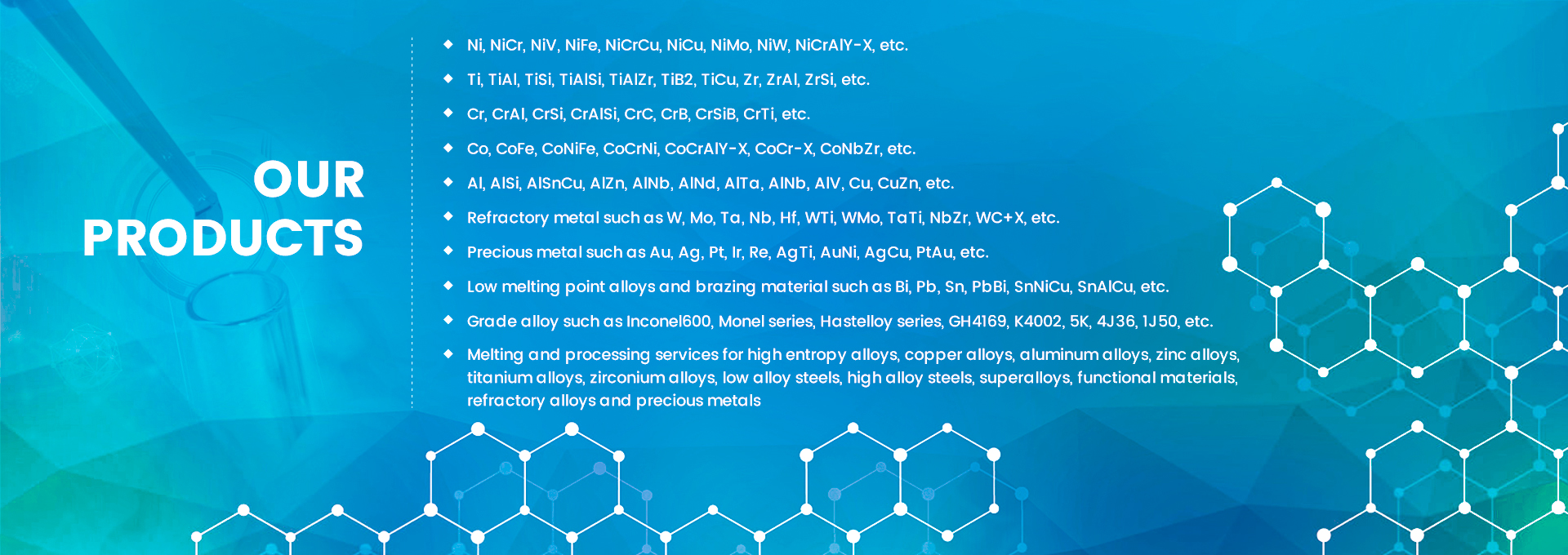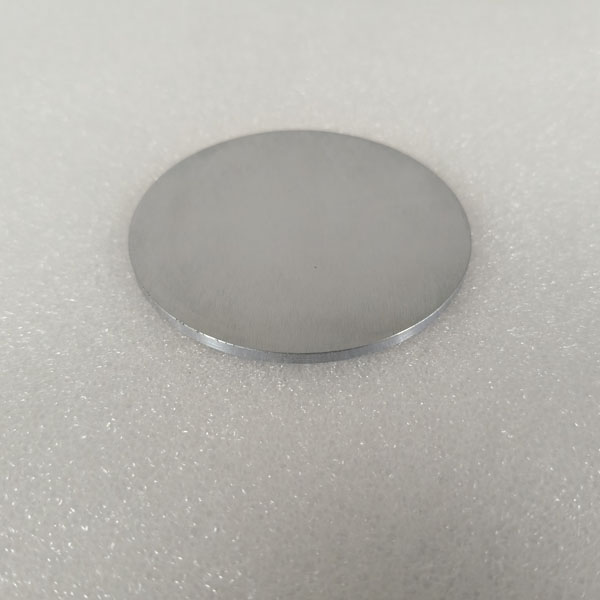Zinc-copper alloy target is a sputtering coating material that plays an important role in the fields of material surface treatment and thin film preparation. It mainly consists of zinc (Zn) and copper (Cu). By precisely controlling the ratio of the two, zinc-copper alloy targets with different properties can be obtained. There are various common zinc-copper ratios, such as ZnCu30 and ZnCu40.
Performance Characteristics of Zinc-Copper Alloy
1.ZnCu alloy sputtering target has good Electrical Conductivity: Both zinc and copper are inherently good conductors. Therefore, the zinc-copper alloy target also exhibits excellent electrical onductivity, which endows it with significant application value in the preparation of electrodes for electronic devices.
2.Zinc copper alloy target has strong Corrosion Resistance: Zinc has certain rust prevention capabilities, and copper also has good corrosion resistance. The alloy target formed by their combination demonstrates strong corrosion resistance in many environments, effectively protecting the coated substrate material.
3.Zinc base alloy target has adjustable Optical Properties: By adjusting the ratio of zinc to copper, the optical properties of the alloy target, such as reflectivity and absorptivity, can be varied within a certain range to meet the requirements for different optical characteristics in the field of optical coating.
4.Zinc Copper cathode target has moderate Hardness and Wear Resistance: The zinc-copper alloy target has moderate hardness and good wear resistance. It can ensure the stability of the target during the sputtering process and provide certain wear protection for the substrate material after coating.
How to choose the right ZnCu alloy compostion ratio in practical application?
In practical applications, the selection of an appropriate zinc-copper alloy ratio requires a comprehensive consideration of multiple factors. The main aspects are as follows:
1. Application environment: If the application environment is highly corrosive, such as in a humid marine or chemical environment, an alloy with a higher zinc content may be required, such as ZnCu40 or even an alloy with a higher zinc ratio. This is because zinc can form a dense oxide layer on the surface, providing better rust and corrosion resistance. In a relatively dry and less corrosive indoor environment, where the requirements for corrosion resistance are relatively low, the zinc content can be appropriately reduced. Alloys with a ratio like ZnCu30 can be chosen to take advantage of other performance benefits of copper.
Temperature Environment: In high-temperature environments, alloys with a higher copper content may be more suitable because copper has better thermal stability and is less likely to undergo performance changes at high temperatures. For example, in some heat dissipation components of electronic devices, zinc-copper alloys with a higher copper content may be selected. In low-temperature environments, the low-temperature toughness of the alloy needs to be considered. An appropriate increase in zinc content may help improve the alloy’s resistance to brittle fracture at low temperatures.
2.Performance Requirements:
Electrical Conductivity Requirements: If there is a high demand for electrical conductivity, such as for electrodes or wires in high-performance integrated circuits, an alloy with a higher copper content should be chosen, such as ZnCu20 or an alloy with an even lower zinc content. This is because copper ranks among the top in terms of electrical conductivity among common metals and can better meet the high electrical conductivity requirements.
Optical Performance Requirements: In the field of optical coating, if high reflectivity is required, the zinc-copper ratio can be adjusted according to the specific reflection wavelength and requirements. Generally, copper has a high reflectivity in certain wavelengths, and zinc can fine-tune the reflectivity. The appropriate ratio can be determined through experiments and calculations. For example, in the visible light range, a ratio of ZnCu35 may achieve a better reflection effect.
Hardness and Wear Resistance Requirements: For applications that require high hardness and wear resistance, such as the surface coating of mechanical parts, the zinc content can be appropriately increased. Zinc can enhance the hardness and strength of the alloy. For example, alloys like ZnCu45 or those with an even higher zinc content may be more suitable for mechanical moving parts that are subject to high wear.
Post time: Feb-06-2025






